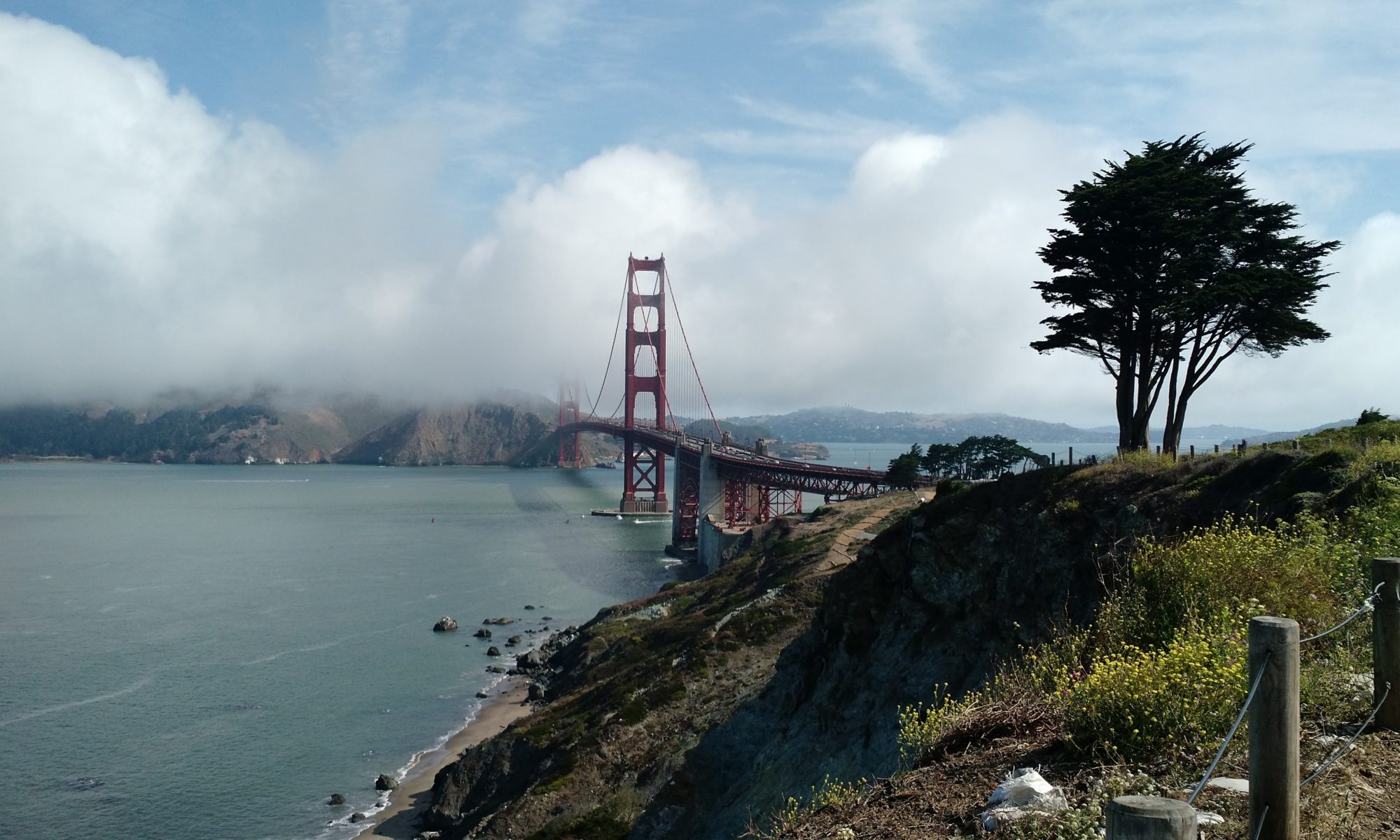
We went up to Troy, MO yesterday to have dinner with Brooke’s parents, Mark and Diana. We had a lovely dinner, of course (I’ve had a craving for Chinese food for a few weeks now, and it was satisfied last night, believe you me!), but part of the reason they came down from Hannibal was to give us our respective birthday presents. Brooke’s B-day is May 27th and mine is June 20th, so we kinda split the middle and they came down. Anyway, the gifts are pictured above. I’m not sure if the foot cream stuff is supposed to be mine or not, but I think I’ll get more use out of the new camera lens…
Our camera came with an 18 – 55 mm vibration reduction (VR) lens, which is just fine for most wide-angle shots, but we knew we’d need to pick up a zoom lens eventually, especially if we were to go on vacation. Well, thankfully, Mark and Diana got us a 55 – 200 mm VR zoom lens to compliment our wide-angle lens, so I think we’re all set, so far as camera stuff goes! I’d still like to get an external flash at some point, but the one on the camera works just fine for most purposes.
Thanks for the present, Mom and Dad!



Here’s a tip for flash related issues:
http://lifehacker.com/5286257/create-a-flash-diffuser-using-an-empty-cigarette-packet
Problem is: I don’t smoke. Can I make one out of a beer bottle? Actually, an aluminum can may be more reflective.
Does your camera have an image sensor that is smaller than on a 35mm film camera? If I recall the DX series Nikons have a 1.5 crop factor. So that 200mm zoom will act like a 300mm zoom would act on a normal film camera. That’s awesome when you are looking to get close, but it also means your 18mm acts like a 27mm.
I use half gallon milk jugs on my 580ex flash, but that’s mostly to act as a diffuser. If I were you I’d get a tripod and turn the body-mounted flash off whenever I possibly could. You don’t need it nearly as often as it likes to turn on, and the tripod will greatly extend the range of “brightness” that you can use your camera without the flash- particularly considering you’re planning on learning how to use the thing in “M” manual, right?
I did a cursory look on the interwebs, Nathan, and indeed, it looks like that “1.5 crop factor” value is correct. Do you have any suggestions on a good site where I can read up on what exactly that means? Preferably, something not in “camera jargon?”
And yes, I remember the milk jugs. We’re going to learn to use it on manual a bit more, but right now, we’re playing with “A” and “S” first to get a good feel for those. Now that we’ve got a zoom lens, we’ll be able to play with it a bit more. The lens that came with the camera is excellent, but is only good for wide-angle purposes, of course.
We’re going to learn to use it on manual a bit more, but right now, we’re playing with “A” and “S” first to get a good feel for those. Now that we’ve got a zoom lens, we’ll be able to play with it a bit more. The lens that came with the camera is excellent, but is only good for wide-angle purposes, of course.
This site isn’t bad:
http://www.kenrockwell.com/tech/crop-factor.htm
Pragmatically speaking, this means that if you had two cameras, one your Nikon D_whatever and the other one a 35mm film camera and you put that 200mm lens on them- then on your DSLR you’d see “farther” than you would with it on your 35mm film camera.
The reasons for this is because of the change in the size of the imaging surface. Basically your smaller image sensor is cropping the image and blowing it up to the normal 35mm size. Fortunately for you it crops it optically and not digitally, so instead of the image being “grainier” it is just “zoomed in more”.
This all has implications for things like “depth of field” but I really wouldn’t worry about that right now.
One of the reasons your camera came with a zoom lens capable of going as wide as 18mm is to compensate for this crop factor, because ultimately when you are using wide angle lenses you are getting less in the viewfinder.
Because you aren’t super familiar with a different type of camera, you could probably just ignore this crop factor thing and go about life blissfully unaware that your camera is somehow *different* than others. It is neat to know that your zoom lens has some extra reach to it though, no?
I’d also suggest that sometime you invest in a simple, non-zoom lens. You can get a 50mm Prime (non-zooming) lens for something like a hundred bucks or less. Prime lenses give you better quality and are usually _really_ fast (they can focus quickly because they have an aperture large enough to let in lots o’ light). It will also encourage you to move around and what not with your camera.
That’s a lot.